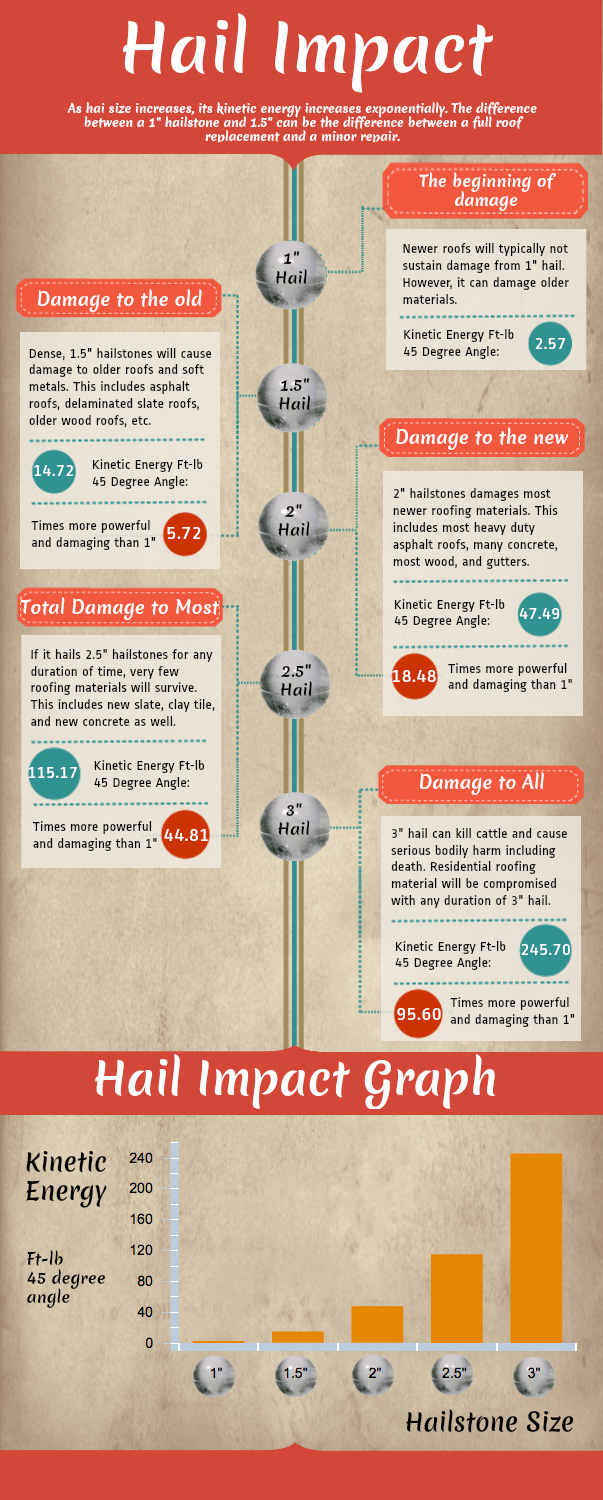Ignoring Roof Air Flow Can Result In Expensive Damage; Discover The Crucial Elements That Guarantee A Successful Installment And Protect Your Investment
Ignoring Roof Air Flow Can Result In Expensive Damage; Discover The Crucial Elements That Guarantee A Successful Installment And Protect Your Investment
Blog Article
Web Content Writer-Gundersen Thomsen
When you're tackling a roofing project, you might not think much concerning roofing system ventilation, however it's more important than you recognize. Efficient air flow aids regulate temperature level and dampness in your attic room, avoiding troubles like mold and architectural damage. By understanding how to design and set up a balanced ventilation system, you can enhance energy performance and extend the life-span of your roof products. So, what are the crucial variables to take into consideration during installation that can make all the distinction?
Significance of Roof Covering Air Flow
Roofing system ventilation plays an essential role in maintaining the overall wellness of your home. By allowing fresh air to circulate with your attic room, it aids regulate temperature and dampness levels. see this page is vital to avoid heat buildup throughout hot months, which can lead to increased energy expenses as your air conditioning burns the midnight oil.
Furthermore, correct ventilation substantially reduces the risk of moisture-related issues like mold and mildew and mold. If humidity degrees rise, your home's architectural honesty can be jeopardized, leading to costly fixings. You would not wish to deal with rotting wood or distorted roof products, right?
In addition, adequate ventilation prolongs the life expectancy of your roofing system. When warmth and moisture are kept in check, your roof covering can do optimally, preventing early wear and tear. This indicates less headaches and costs down the line.
Exactly How Roofing System Ventilation Functions
Reliable roof covering air flow relies on the natural movement of air to produce a balance in between consumption and exhaust. When you mount vents, you're essentially enabling fresh air to enter your attic while making it possible for hot, stagnant air to run away. This process assists control temperature and dampness levels, stopping problems like mold development and roof damage.
Intake vents, commonly discovered at the eaves, draw in trendy air from outside. On the other hand, exhaust vents, located near the ridge of the roof, let hot air increase and leave. The difference in temperature produces an all-natural air flow, referred to as the stack impact. As cozy air rises, it develops a vacuum that pulls in cooler air from the lower vents.
To maximize this system, you need to make certain that the consumption and exhaust vents are effectively sized and positioned. If the consumption is restricted, you will not accomplish the preferred ventilation.
Also, not enough exhaust can trap warmth and moisture, leading to potential damage.
Secret Installation Factors To Consider
When setting up roofing system ventilation, several vital considerations can make or damage your system's efficiency. Initially, you need to assess your roof covering's layout. The pitch, form, and materials all affect air flow and ventilation choice. Make sure to choose vents that match your roof kind and neighborhood environment problems.
Next, take into consideration the placement of your vents. Preferably, you'll desire a well balanced system with consumption and exhaust vents placed for optimum air flow. Place consumption vents low on the roofing and exhaust vents near the top to motivate an all-natural circulation of air. This configuration aids stop dampness build-up and advertises power efficiency.
Do not forget about insulation. Proper insulation in your attic prevents heat from escaping and maintains your home comfortable. Make sure that insulation does not block your vents, as this can prevent airflow.
Last but not least, think about maintenance. Select air flow systems that are simple to accessibility for cleaning and inspection. Normal maintenance ensures your system remains to operate properly with time.
Verdict
To conclude, roofing air flow is crucial for a successful setup. By making certain correct air movement, you can stop heat accumulation and moisture problems that lead to costly damage. When you purposefully position intake and exhaust vents, you enhance power effectiveness and extend the life-span of your roofing. Bear in mind, a well-ventilated roofing system not just safeguards your financial investment yet likewise enhances your interior air top quality. So, https://roofingcontractornearme17394.blog-gold.com/41829211/keep-costly-repair-services-away-with-regular-roof-covering-upkeep-find-out-about-crucial-practices-that-can-strengthen-your-home-in-methods-you-may-not-have-taken-into-consideration on ventilation to make sure a durable and affordable roof for your home.
